
Recommendation
Ernst & Young executive Martin Fiore discusses how humanity and technology converge and how globalization, innovation and changing demographics are shaping the future. He reminds leaders of the primacy of inclusivity and sustainability, though he recognizes their challenges. Providing a succinct summary of topics – such as trust and ethics – that more specialized authors cover in depth, Fiore addresses leaders who are uneasy about the constantly shifting status quo.
Summary
About the Author
Martin Fiore is a tax managing partner at Ernst & Young LLP (EY) US East Region, where he serves as a member of its Americas Tax Leadership team and the Americas Inclusiveness Advisory Council.
Learners who read this summary also read
Book
Book
Book
Book









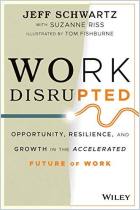
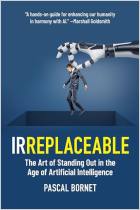
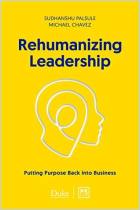
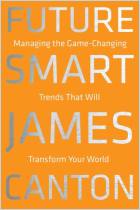
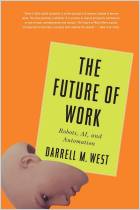




Comment on this summary